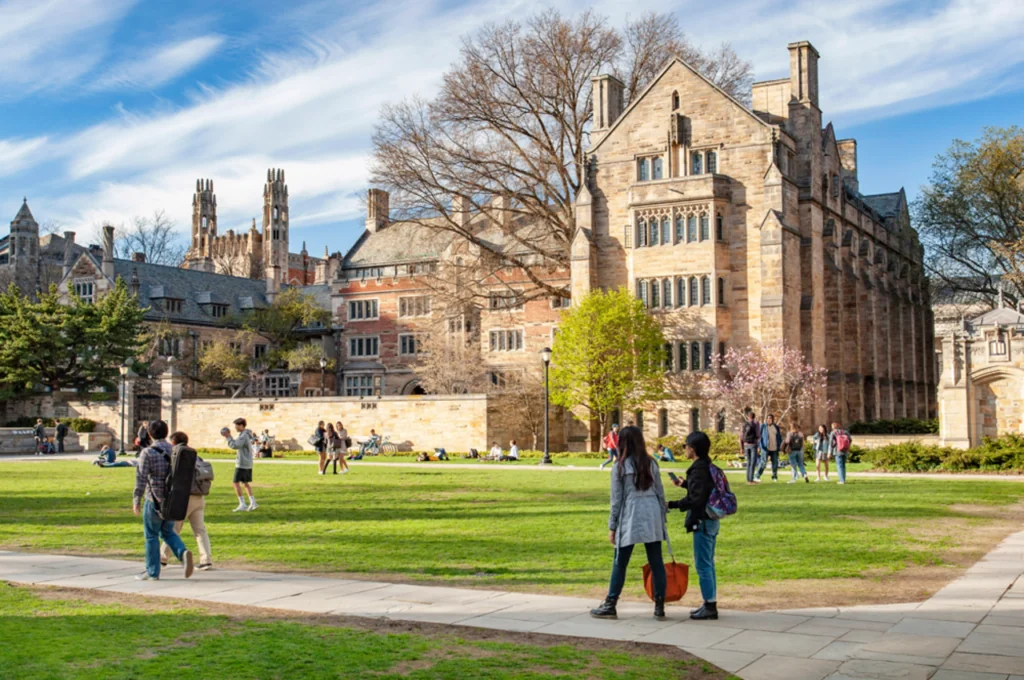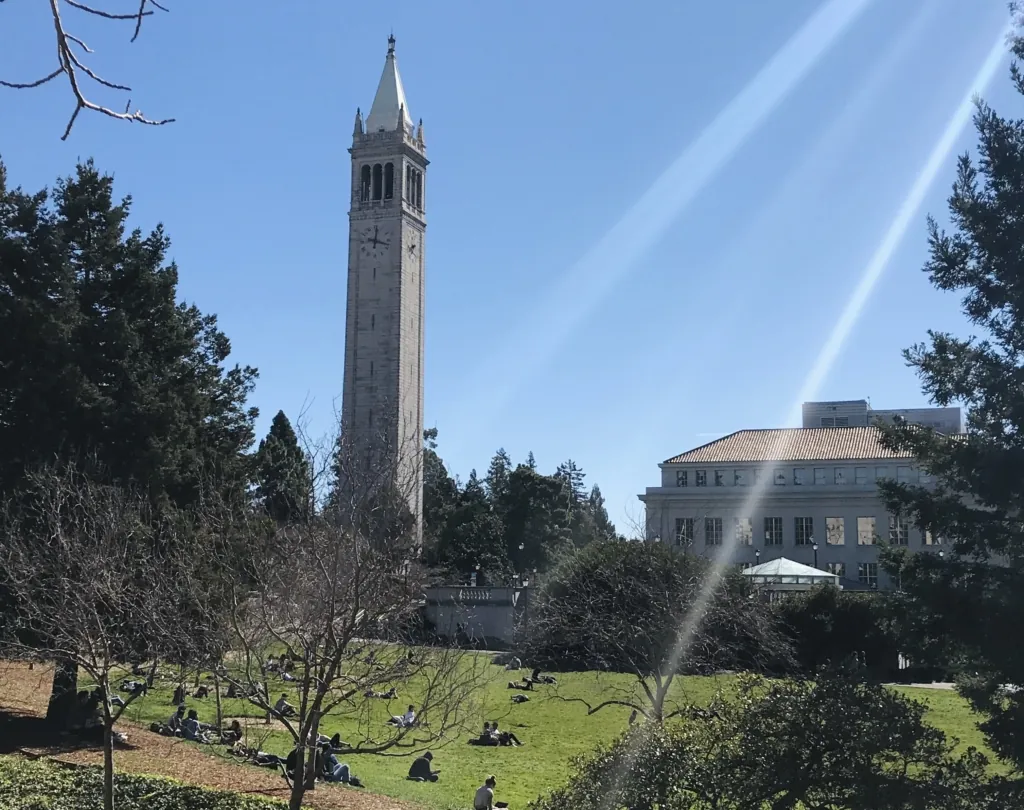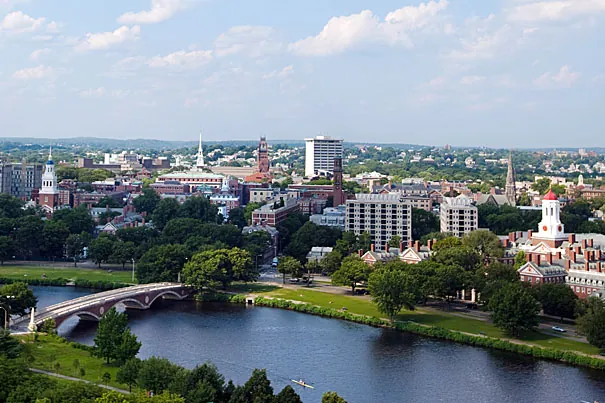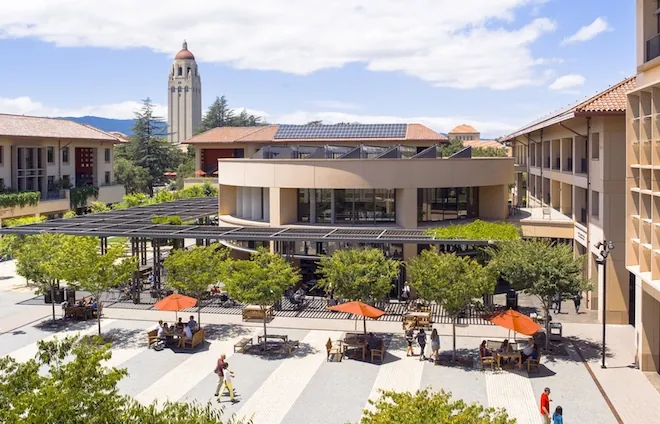
Yale University ranked 2nd to Princeton in Forbes‘ 2023 Top Colleges Ranking.
Princeton University tops the list in Forbes’ “America’s Top Colleges” 2023 ranking.
The annual list ranks 500 colleges across the U.S. based on metrics such as student success, return on investment, and alumni influence. This year’s top 50 includes the typical Ivy League schools but also more than a dozen public colleges including the University of California-Berkeley (#5); the University of Michigan (#23); the University of Virginia (#29); and the University of Maryland-College Park (#34).
WHAT MADE PRINCETON STAND OUT
This year, Princeton landed the number one spot in both the Forbes and Wall Street Journal rankings. In Forbes, the Ivy League school climbed from No. 4 on last year’s ranking, scoring high across a number of criteria with median early-career salaries north of $88,000 and a 98% six-year graduation rate. Additionally, Princeton provides generous financial aid, covering 100% of tuition and housing for families earning up to $65,000 for the class of 2026. The school offers an average grant aid of $47,136, with average student debt being quite low at just $7,216.
Yale University came in second this year, jumping up from number eight last year. The school scored highly for its impressive $58,715 average grant aid and low average debt of $4,968. Yale grads also cash in comfortable salaries with a median 10-year salary of $163,900. Stanford University ranked third this year, dropping one spot from last year. The California institution had an average grant aid of $56,211 and average debt of $8,868. Median 10-year salary for Stanford grads was $173,800.

Memorial Glade and the Campanile at the University of California-Berkeley. Photo by Tia Chen-Wong
PRIVATE SCHOOLS DOMINATE THE TOP 10
Among the top 10 schools in the ranking, eight are private institutions including Princeton, Yale, Stanford, and MIT. Only two public schools landed in the top 10: UC-Berkeley and the University of California-Los Angeles.
Public versus private schools start to even out once the ranking hits the top 25, with public schools such as the University of California-San Diego, the University of Michigan, and the University of California-Santa Barbara making the list.
MIT GRADS EARN TOP PAY
If you’re looking for high long-term pay, look no further than Massachusetts Institute of Technology. While the school dropped from number one last year to number four this year, MIT still ranks highly in terms of pay with a median 10-year salary of $182,800. Harvey Mudd College (#71 overall) ranks second in pay at $177,800.
Despite ranking lower overall on the list, Babson College (#117) ranks fifth in terms of pay with grads earning an average 10-year salary of $171,000. It’s a similar story for schools like Santa Clara University (#95), where grads earn $167,100, and SUNY Maritime College (#209) where grads earn $164,100. Columbia University, which ranks sixth overall, comes up short on pay with grads earning an average 10-year salary of just $150,900.

Harvard University from the air
HARVARD OFFERS THE BEST GRANT AID
With an average grant aid of $59,840, Harvard University (#9) tops the list for financial support. Other generous Ivy League schools include Yale (#2) which offers $58,715 in average aid and Columbia University (#6) which offers $57,726 in average aid. Colby College (#89), which offers $57,726 on average, found its way into the top 5 schools for aid.
Wisconsin public schools fared poorly in aid. The four lowest ranking schools in aid were all University of Wisconsin colleges. University of Wisconsin, La Crosse (#338) ranked the lowest in aid with an average of only $3,135. University of Wisconsin, Eau Claire (#412) ranked second-lowest in aid with an average of $3,571.
PRIVATE LIBERAL ARTS COLLEGE IN ILLINOIS HAS LOWEST DEBT
Prinicipia College (#394), a private liberal arts college in Elsah, Illinois has the lowest student debt at just $2,016. Other private colleges with low debt include Berea College (#342) at $2,303 and Boston College (#88) at $3,581. Out of all the Ivy League colleges, Yale had the lowest student debt at $4,968.
Despite ranking number 28 overall, the University of Chicago came in top 10 for highest debt, with students graduating with an average debt of $13,636. Columbia (#6 overall) grads also carried high debt with an average of $13,338.

Stanford University
METHODOLOGY
To compile this year’s ranking, Forbes started with a list of U.S. colleges based on the Carnegie Classification, which categorizes institutions by degree offerings, research output, and specialty focus. This list included doctoral research universities, master’s universities and colleges, baccalaureate colleges, and colleges with specialized programs in engineering, business, and art.
Schools were evaluated using data from several sources, including federal education databases, such as the Integrated Postsecondary Education Data System and College Scorecard. Additional data came from PayScale, a Seattle-based software and data company, Third Way, a Washington, D.C.-based public policy think tank, the National Center for Science and Engineering Statistics, and Forbes’ own lists.
To ensure a clean and meaningful ranking, Forbes excluded institutions with plans to close and schools with fewer than 300 undergraduate students. Once Forbes compiled its list of schools, it ranked the remaining colleges based on the following criteria:
Alumni Salary (20%): Forbes assessed alumni earnings by considering median income data from two sources: PayScale’s 6-year and 10-year post-graduation earnings and College Scorecard’s median earnings data for graduates 6 years and 10 years after enrollment. Each of the four income segments was weighted at 5%.
Debt (15%): Forbes measured typical student debt by multiplying the median federal loan debt per borrower by the percentage of students with federal student loans. Additionally, Forbes examined each college’s five-year loan repayment rate.
Graduation Rate (15%): Forbes evaluated colleges using their six-year graduation rate, accounting for transfer students and other factors. 10% of Forbes’ model considered the overall six-year graduation rate, while an additional 5% looked at graduation rates for Pell Grant recipients.
Forbes American Leaders List (15%): Forbes assessed the leadership and entrepreneurial success of college graduates by comparing mentions across various Forbes lists, including the Forbes 30 Under 30, Forbes 400, Richest Self-Made Women, Most Powerful Women, and others.
Return On Investment (15%): To determine return on investment, Forbes looked at price-to-earnings for each college. This was calculated by comparing the total net cost of a degree to post-enrollment earnings compared to high school graduate salaries in the state (weighted at 10%). Additionally, Forbes also considered a price to earnings for low-income students (weighted at 5%).
Retention Rate (10%): Forbes measured student satisfaction by calculating a three-year average retention rate using IPEDS data, excluding the year 2020 due to COVID-19 disruptions.
Academic Success (10%): Forbes assessed academic performance by looking at the number of recent graduates who received prestigious scholarships, such as the Fulbright, Truman, Goldwater, and Rhodes. It also considered the average number of alumni who earned PhDs over the past three years. Each measure was weighted at 5%.
Go to next page to see how where top 50 colleges and universities finished, along with school data on average grant aid and post-graduate pay and debt.











Questions about this article? Email us or leave a comment below.